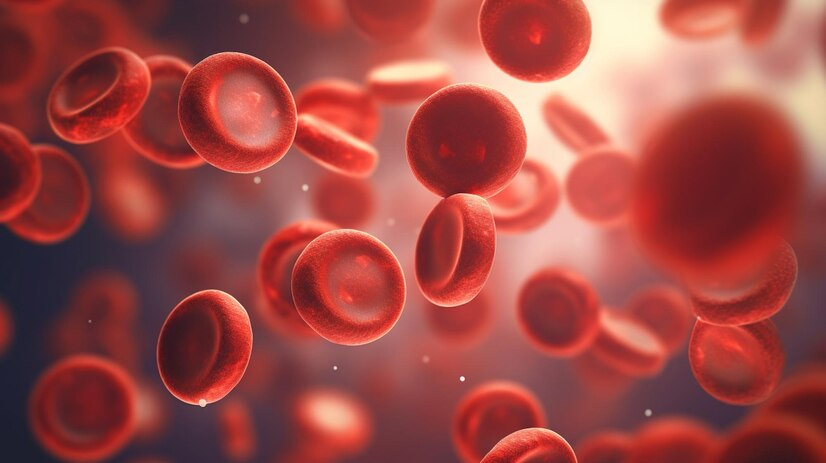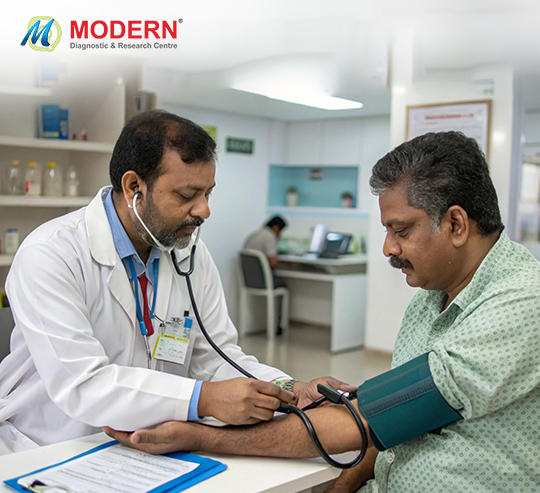Thalassemia is a rare inherited genetic blood disorder that affects body’s ability to produce a normal and healthy amount of hemoglobin. As we know, hemoglobin is a protein present in red blood cells that helps them carry the oxygen-rich blood to different organs and tissues, nourishing the body's other cells.
If someone is affected by thalassemia, their body’s ability to produce healthy hemoglobin is reduced significantly and their bone marrow also reduces the amount of new production of healthy red blood cells. Red blood cells serve a vital role, in keeping you energy throughout the day, regular and sufficient amount of oxygen delivery to every cell of your body is important which is only possible if you have enough amounts of oxygen carrying red blood cells.
People who are at risk of thalassemia -
People of Africa, southern Europe and west, east and south Asia are at greater risk because malaria is common in these places. A gene mutation, partial protection against malaria can cause the rise of thalassemia. Thalassemia is an inherited genetic disorder which means the condition transfer from a biological parent to their child.
Signs, symptoms and causes of thalassemia -
Causes -
Haemoglobin protein contains four chains namely two alpha and beta globin chains. Each of these chains contains genetic information and genes that are passed from parents to children. These genes act like code information that controls each chain and your hemoglobin. If any of genes are missing or defective then you’ll suffer from thalassemia.
• Alpha globin chain - Alpha globin chain consists of four genes, two from each parent
• Beta globin chain - Beta globin chain consists of two genes, one from each parent
Types of thalassemia -
Alpha thalassemia -
As we already discussed the presence of four genes in your alpha globin chain, therefore in case of one or more missing or defective genes from your alpha globin chain can result in alpha thalassemia.
• One missing or defective alpha gene suggests that you will not have any symptoms of alpha thalassemia.
• Two missing or defective alpha genes which also known as alpha thalassemia minor, you’ll have mild symptoms.
• Three missing or defective alpha genes suggest you’ll likely have mild to severe symptoms; another name for this condition is Haemoglobin H disease.
• Four missing or defective alpha genes usually lead to death, the chance of survival of newly birthed is meager and if they survive somehow they’ll likely need lifelong blood transfusions.
Beta thalassemia -
Everyone inherits two beta genes from their parent, type and symptoms of thalassemia depend on number of missing or defective beta genes.
• One missing or defective beta gene means you’ll experience mild symptoms.
• Two missing or defective beta genes mean you’ll have mild to severe symptoms. The moderate version is called thalassemia intermediate and severe beta thalassemia mutation of two genes is called beta thalassemia major.
Symptoms of thalassemia in different cases -
• If you are missing one or two alpha genes or one beta gene, you may be asymptomatic means you’ll not have any symptoms.
• Beta thalassemia intermediate may have mild to moderate symptoms like-
- Growth problem
- Late puberty
- Osteoporosis (bone abnormalities)
- Enlarged spleen
• Severe symptoms, missing three alpha genes or beta thalassemia major often causes symptoms at birth, leading to severe lifelong Anaemia. Addition symptoms may include -
- Poor appetite
- Jaundice (yellow or pale skin)
- Dark color urine
- Irregular bone structure in your face
Diagnosis and tests -
Moderate to severe thalassemia is often diagnosed in childhood because symptoms are likely to appear in the first two years of childbirth.
Your healthcare provider may order various blood tests to detect thalassemia -
• Complete blood count - In this test, your hemoglobin and red blood cells are measured their quantity and size are measured. People who suffer from thalassemia have fewer red blood cells and low hemoglobin levels than normal. They may also have smaller size of red blood cells than the normal healthy person’s red blood cells.
• Genetic testing is performed to diagnose alpha thalassemia.
• For the detection of beta thalassemia haemoglobin electrophoresis is used.
• Studies of iron is performed to rule out the cause of anaemia is iron deficiency or thalassemia.
• A reticulocyte count measurement of new red blood cells produced by bone marrow is performed to judge the proper functioning of your bone marrow.
Treatment of thalassemia -
• A blood transfusion, in this process red blood cell is injected through your veins to maintain the normal amount of red blood cell and haemoglobin in your blood.
• Iron chelation is process of removal excess iron from your body. The excess iron is a by-product of blood transfusion process. Extra iron in your body is danger for your organs.
• Folic acid supplements helps your body to produce more healthy blood cells
• Bone marrow and stem cell transplant, your healthcare provider will inject bone marrow stem cells in your blood stream from a donor that has the same type of protein called human leukocyte antigens (HLA).
• Luspatercept is also injection given in order to produce more red blood cells, it is given every three weeks.

















